Elizabeth Magnolia (Tulip Tree) – 5 Gallon Pot
$209.97 Original price was: $209.97.$97.99Current price is: $97.99.
SKU: D2LSC 6735645123 Category: FRAGRANT PLANTS
- Experience the difference quality makes.
- Buy with Peace of Mind
- Free Shipping, No Compromise on Quality
- High quality products, hassle-free returns.

Elizabeth Magnolia
Magnolia x ‘Elizabeth’
Other Common Names: Elizabeth Tulip Tree
Plant Details
USDA Plant Hardiness Zones: 5a-8b Find Your Zone
Plant Type: Flowering Large Shrub or Mid-size Tree
Height at Maturity: 20-30′
Width at Maturity: 12-20′
Spacing: 22’+ for space between plants
Growth Habit / Form: Upright Pyramid
Flower Color: Bright Yellow buds open to Soft Yellow flowers
Flower Size: Large, 3.5″
Flower Size: Large, 3.5″
Flowering Period: Spring, before new leaves emerge
Flower Type: Single, tulip-shape
Fragrant Flowers: Yes, lemony
Foliage Color: Rich Green
Fragrant Foliage: No
Sun Needs: Full Sun or Mostly Sun, Morning Sun with Dappled or Afternoon Shade, Morning Shade with Evening Sun
Water Needs: Average, Low when established
Soil Type: Clay (amend heavy clay to ensure good drainage), Loam, Sand, Silt
Soil Moisture / Drainage: Moist But Well Drained
Soil pH: 5.0 – 6.5 (Acid to Slightly Acid)
Maintenance / Care: Low
Attracts: Visual Attention
Resistances: Deer – more info, Disease, Drought (when established), Insect
Description
A beautiful and unique hybrid patented by the Brooklyn Botanic Garden, ‘Elizabeth’ Magnolia is a cross between M. acuminata, cucumber tree, and M. denudata, Yulan magnolia. Before new leaves emerge in spring, abundant bright yellow buds at the tip of every twig on the tree open to very pretty, tulip-shaped soft-yellow flowers with a wonderful lemony fragrance. The large, 5 to 9 inch obovate leaves are rich green and provide lushness in the landscape through the season. Elizabeth grows naturally in a pyramidal form to 20 to 30 feet tall and 15 or so feet wide at maturity. A magnificent tree that will always have you looking forward to spring.
Landscape & Garden Uses
Growing 20 to 30 feet tall and 15 to 20 feet wide at maturity, the Elizabeth Magnolia is ideal for use as a specimen, in groupings or to line a drive or walkway in sunny to partially shaded landscape borders. It is also nice to frame corners of homes and other structures. Provides welcome shade when planted near patios, low decks and other outdoor living spaces. Can also be grown in large pots, planters and containers of 18 inches or more in rim diameter but will eventually need to be transplanted to the landscape. A fine addition to yellow theme gardens, fragrance and sensory gardens and cottage gardens.
Growing Preferences
Elizabeth Magnolia is easy to grow in most any moist but well-drained acidic soil of average fertility and full sun to part shade. It prefers full sun for best flowering, however will handle partial shade. In the South, some shade during the hottest mid-afternoon hours of summer will be appreciated. Avoid constantly soggy or wet soils. In alkaline soils, apply soil sulfur and/or chelated iron to increase acidity. Pruning usually isn’t necessary, however stray or damaged branches can be pruned immediately after flowering in spring. Feed after flowering in spring with a mild organic plant food or a well-balanced shrub and tree food containing iron or sulfur.
Helpful Articles
Click on the link below to find helpful advice from our experts on how to plant, prune, feed and water Tulip Tree Magnolias.
How To Plant & Care For Tulip & Star Magnolias
Plant Long & Prosper!
Meet The Wilson Brothers & Staff
Questions? Contact Us
It arrived and bigger than anticipated. Gorgeous .———————————————————We are so glad you are pleased and we hope you enjoy it for years to come! Thanks for the kind words and great review! 🙂 Beth Steele | WBG
Be the first to review “Elizabeth Magnolia (Tulip Tree) – 5 Gallon Pot” Cancel reply
Related products
Sale!
Sale!
FRAGRANT PLANTS
Sale!
FRAGRANT PLANTS
Simply Scentsational Sweetshrub (Calycanthus ) – 1 Gallon Pot
Sale!
FRAGRANT PLANTS
Sale!
FRAGRANT PLANTS
Sale!
Sale!
FRAGRANT PLANTS
Sale!
FRAGRANT PLANTS




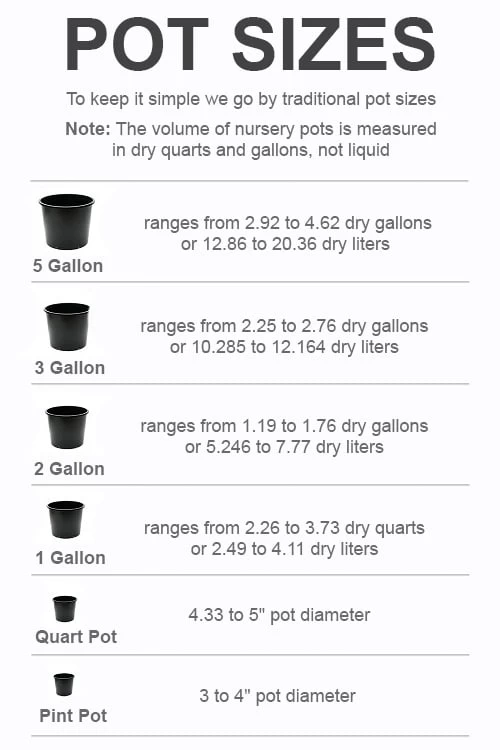
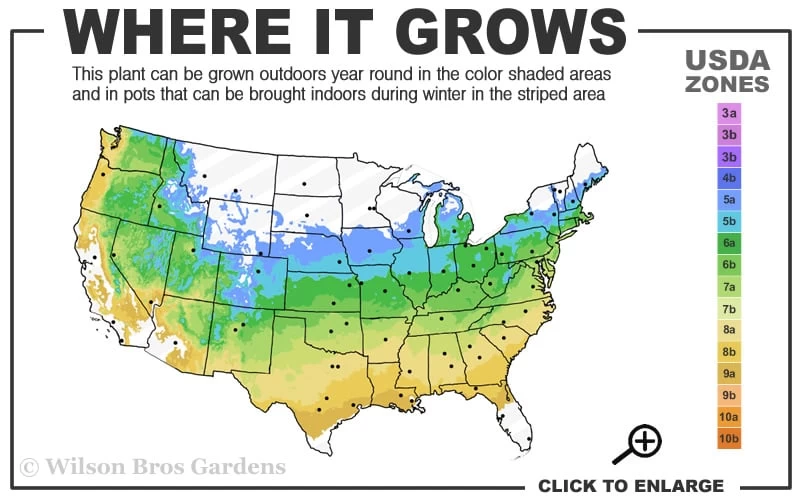


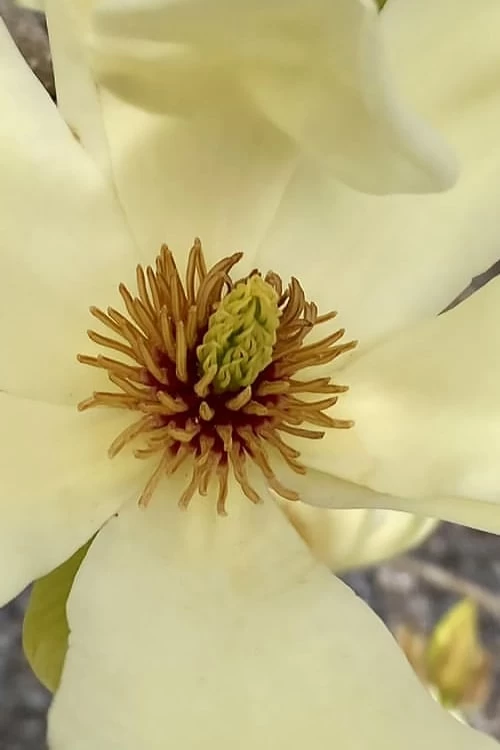
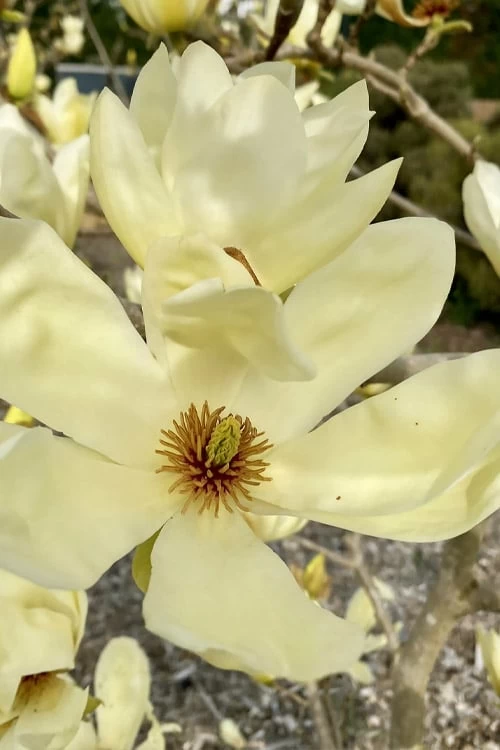


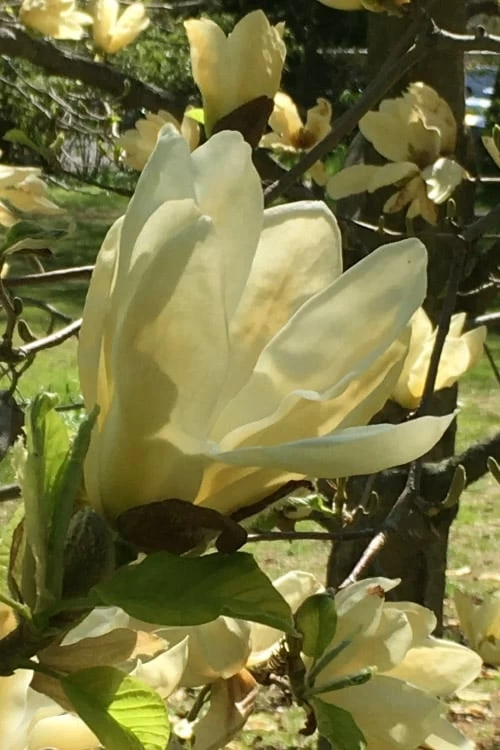
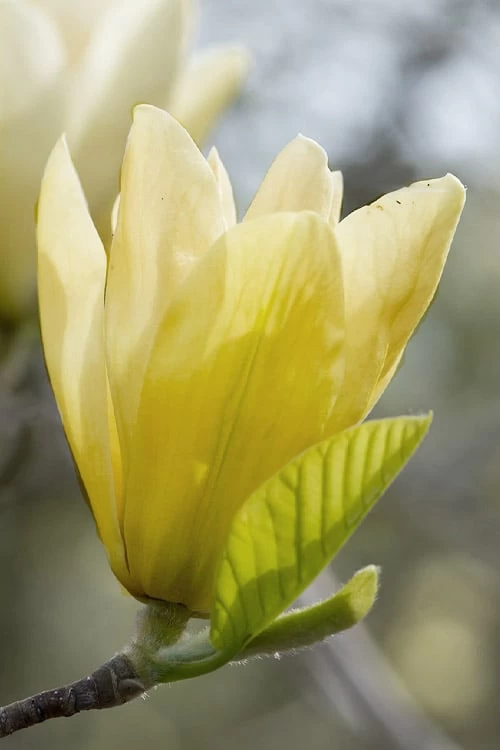

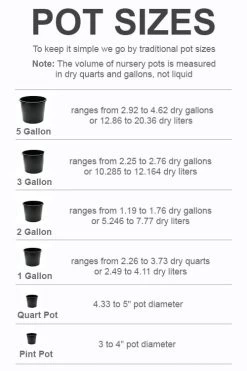

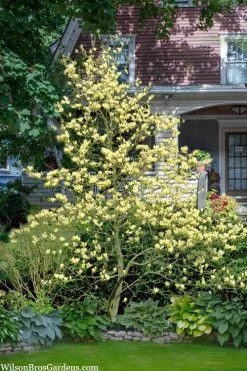


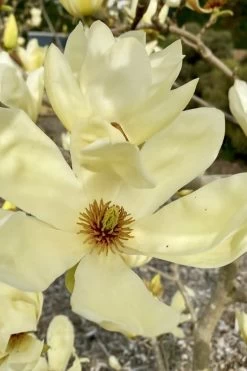



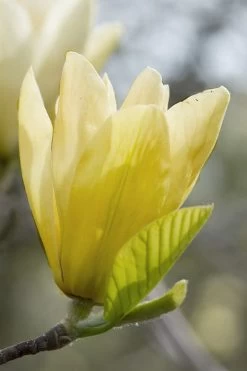
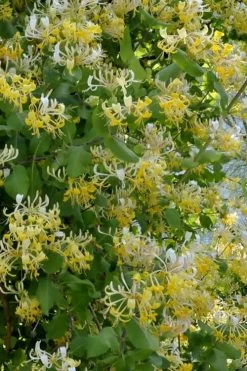


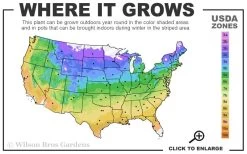



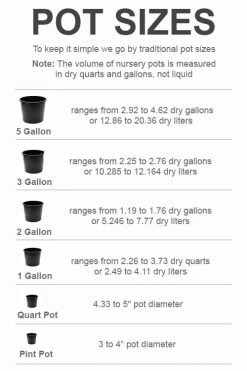

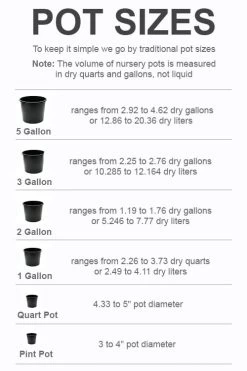

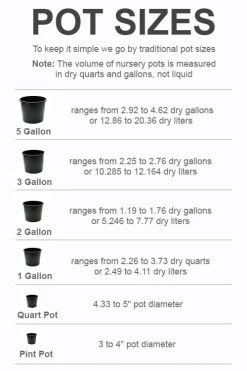
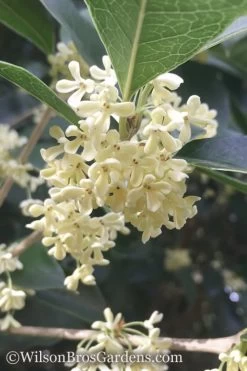


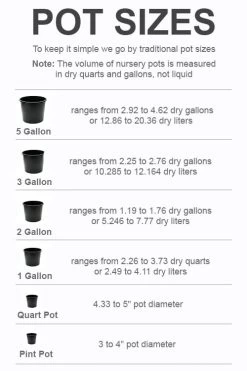
Reviews
There are no reviews yet.